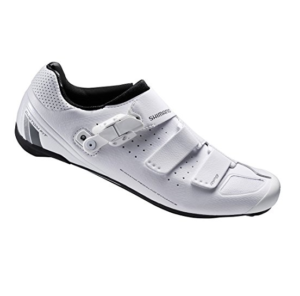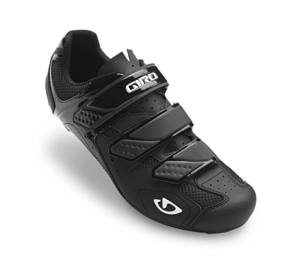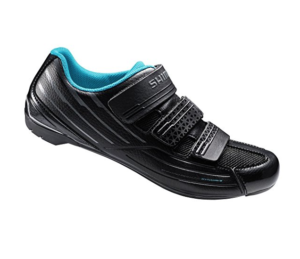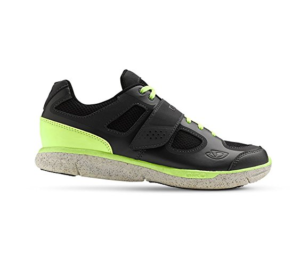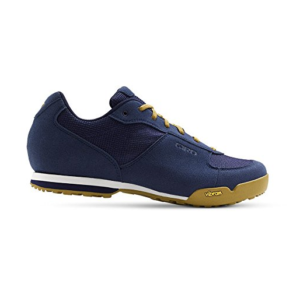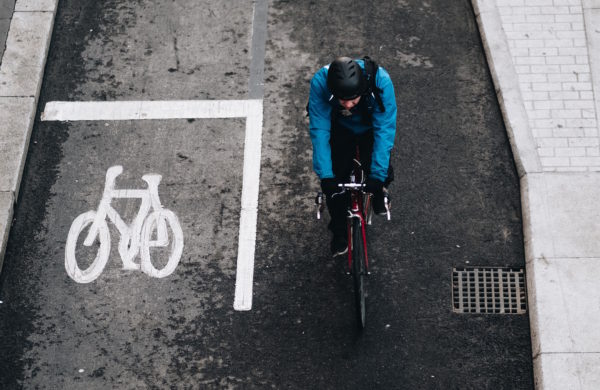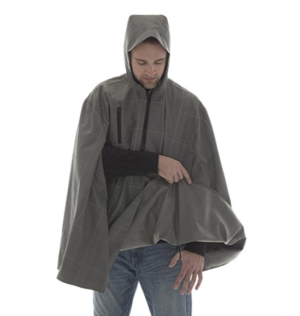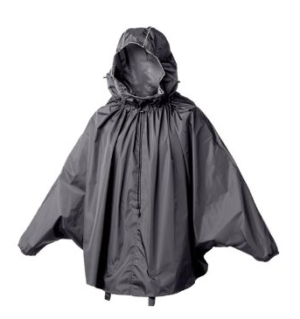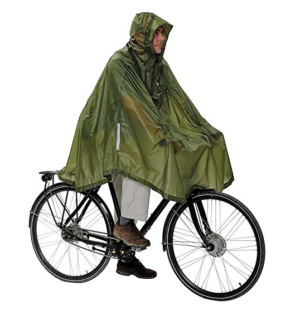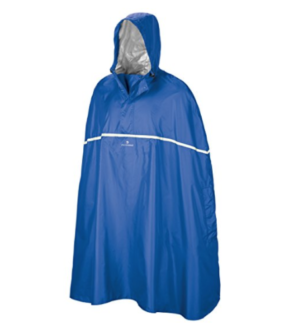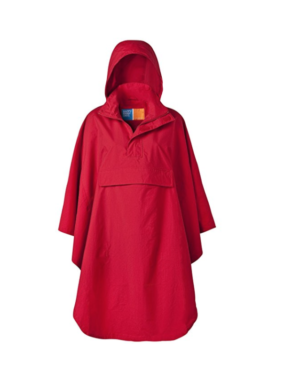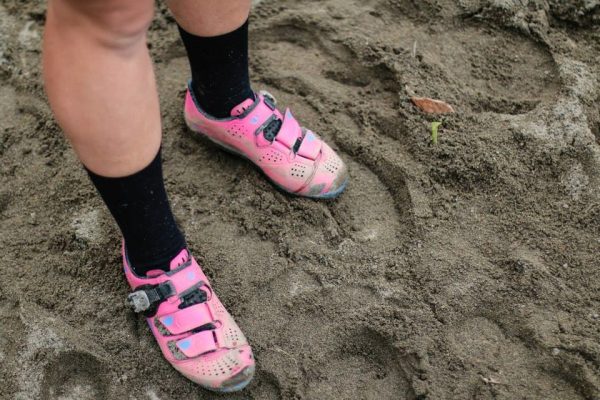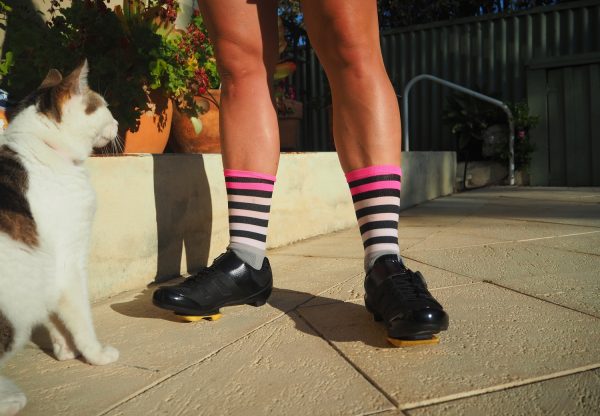Before purchasing the most expensive bike on the Internet or in a bike shop, it is important to understand how to measure a bike frame and what the frame size is. Obviously there are many different types of bikes you can purchase, but the basic measuring system is pretty universal. Mountain bikes may be sized small through large, or 21 inches, for example. Road bikes are typically always measured in centimeters such as 52cm or 56cm. For this article, the type of bike is irrelevant for how we are going to determine how to measure a bike frame correctly. With every bike there is a geometry sheet that will give the exact measurements of everything from the top tube length to the seat tube angle. These can be a blur if you don’t know what they mean and what to look for.
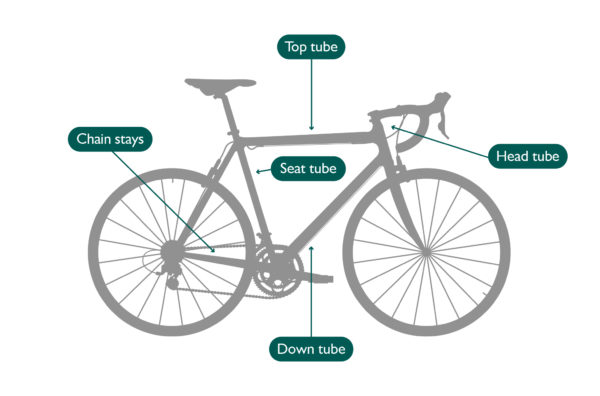
Measuring Top Tube Length (Effective Top Tube Length)
This is the part of carbon fiber or aluminum that runs from the seat post tube to the head tube. In layman terms, it is the part below your chest when stretched out across the bike. On older bikes with a top tube parallel to the ground, the correct way to measure was from the centers of the head and seat tube. With a lot of today’s bikes featuring a sloping top tube, you need to measure from the center of the head tube straight back, parallel to the ground, to the center of the seat tube.

Measuring Seat Tube Length
The seat tube is the part where the seat post meets the frame and runs down to the bottom bracket. To measure the seat tube length, measure from the center of the bottom bracket along the center of the seat tube, to the top. Some manufactures stop at the very top above the seat post clamp while others stop below. This measurement is typically taken in centimeters for road bikes.

Measuring Head Tube Length
This is the front, closer to vertical tube on the front of your bike. It’s what the fork is inserted through. Head tube length is one of the less important measurements when fitting a bike, but is something to be considered for how aggressive of a riding style you plan to have. This is an easy measurement as it’s from the top, straight to the bottom.
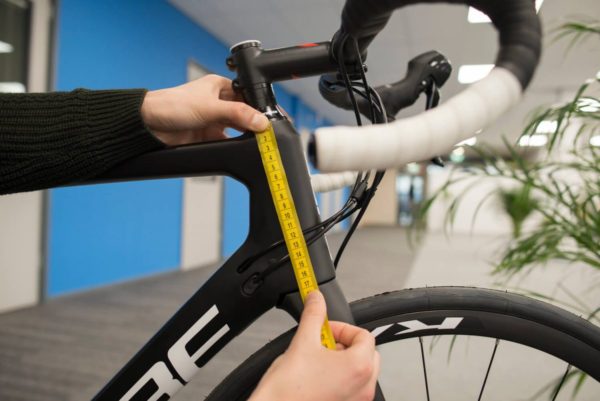
Head Tube Angle
You probably won’t need to measure the head tube angle, but it’s good to know what it is. The head tube angle effects the steering and handling of the bike. As you can see in the image above, the head tube angle is the inside angle created with the ground. A steeper head tube angle (closer to 90 degrees) gives you a more aggressive and responsive bike. A lesser angle gives you a more relaxed ride; think beach cruiser.
Seat Tube Angle
Seat tube angle is another one that you probably won’t measure yourself but is also good to know. Again, in the image above, you can see that it’s the inside angle that is created with the seat tube and the ground. A steeper angle will be more on a time trial bike or aggressive road bike while a more relaxed angle is for a more relaxed bike.
The Importance of Knowing How to Measure a Bike Frame
Knowing how to measure a bike frame, and what the significance of each measurement is, will help you in finding the right type and size of bike for you be it a road bike, mountain bike, or bike for commuting around town. A professional bike fit is always a good idea as well. It’s hard to put a monetary value on being comfortable on a bike, but riding and being uncomfortable is only going to lead to riding less to not at all because it’s not enjoyable. A good fit will have you as comfortable as if you were walking down the street.
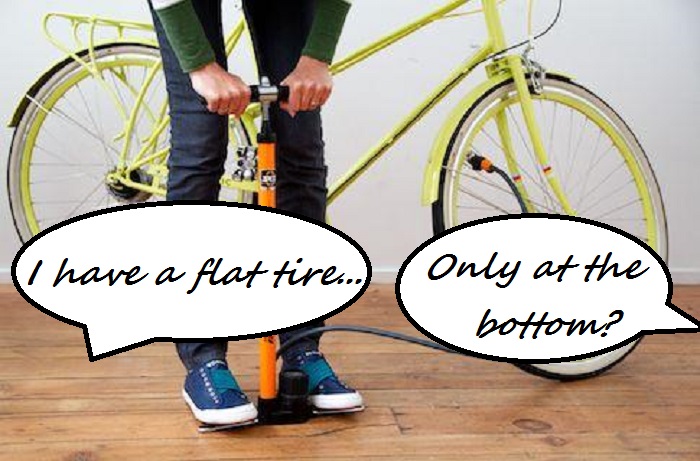


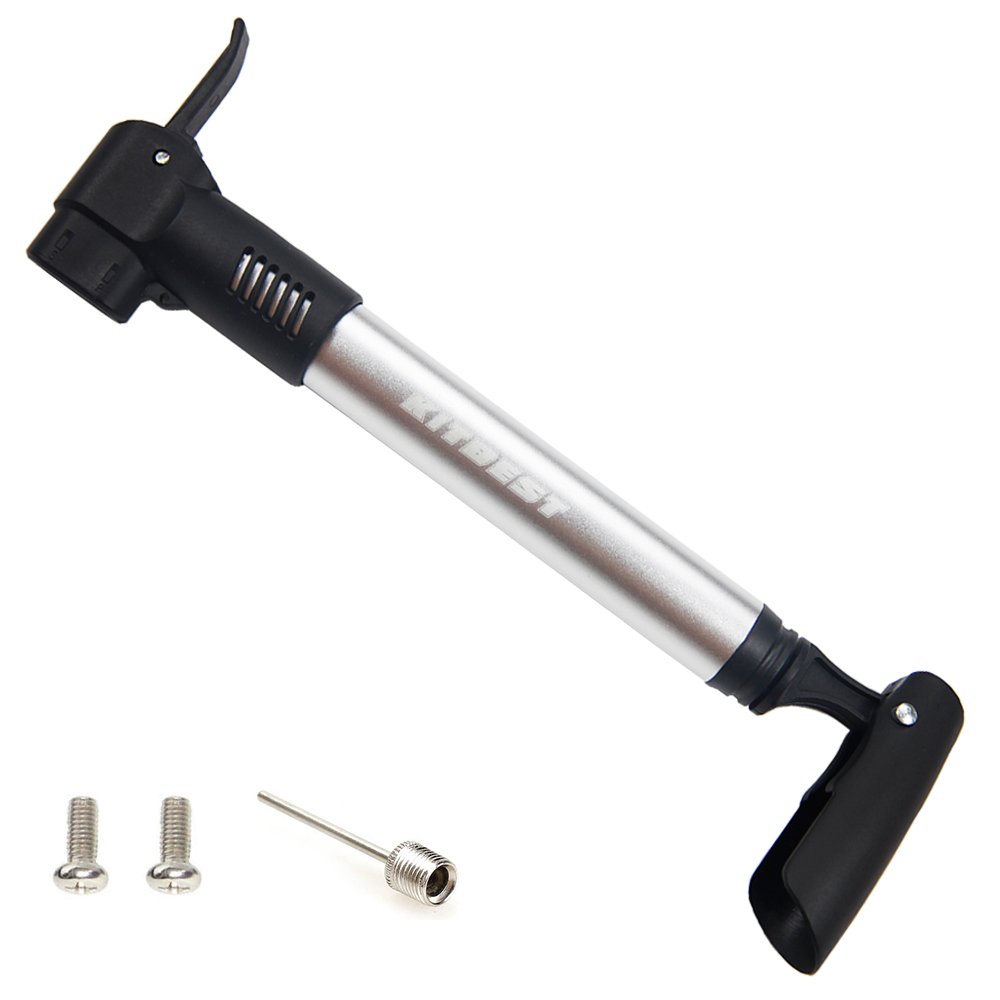

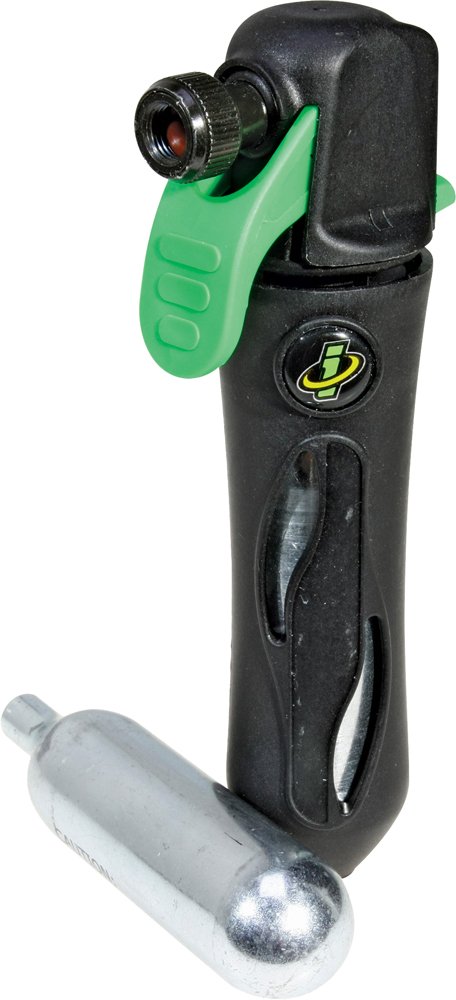
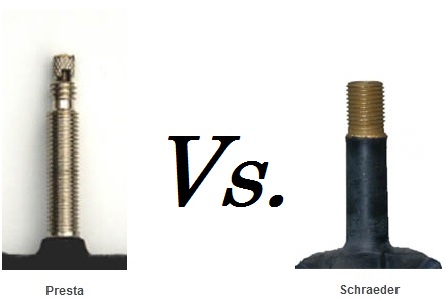
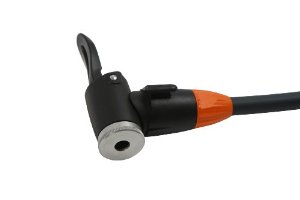
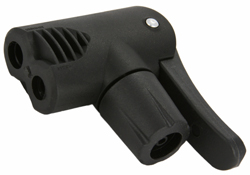
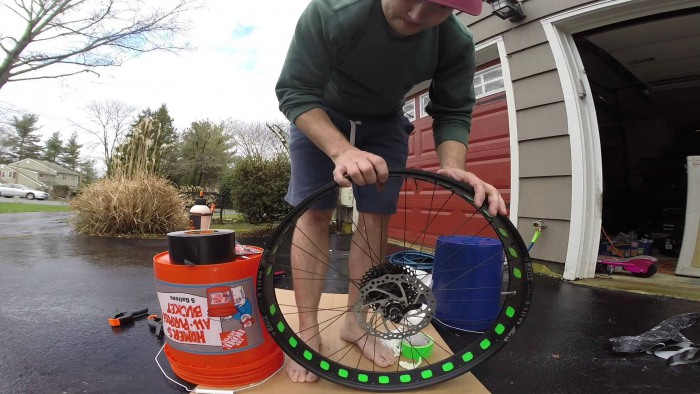
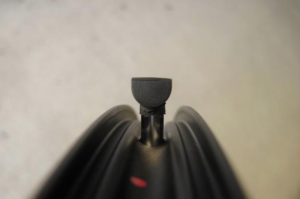
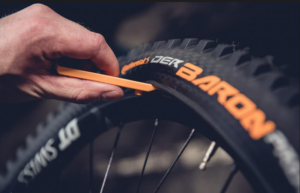 Lets face it: Tubeless is annoying to set up without a compressor. Thankfully
Lets face it: Tubeless is annoying to set up without a compressor. Thankfully 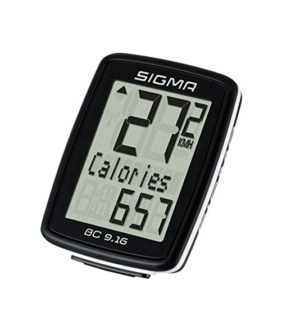
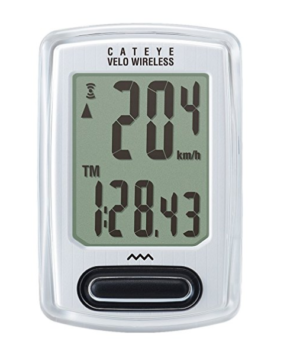
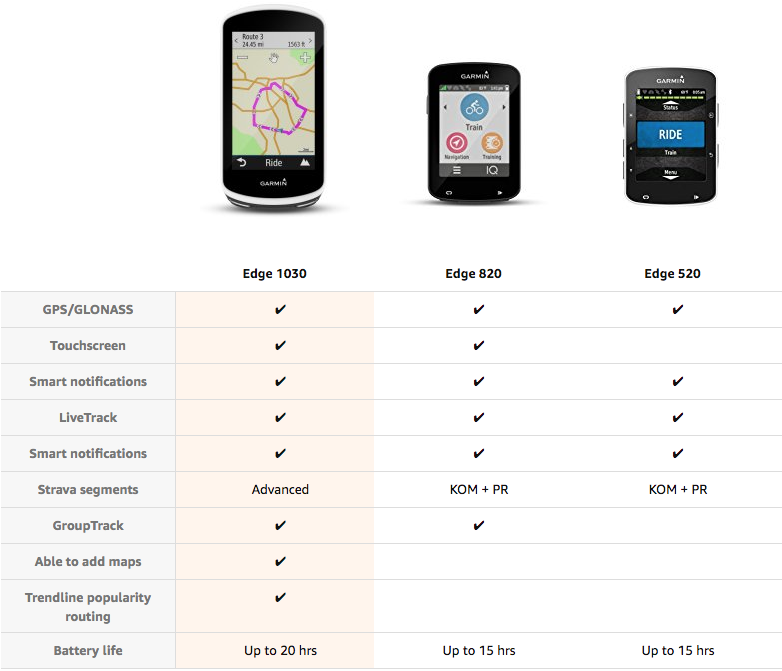
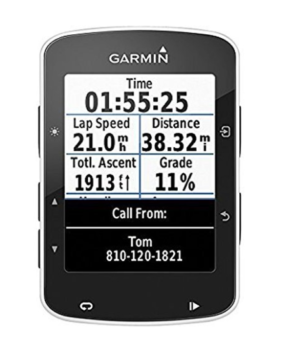
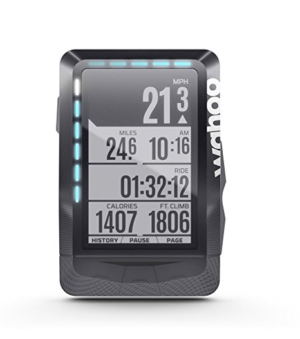
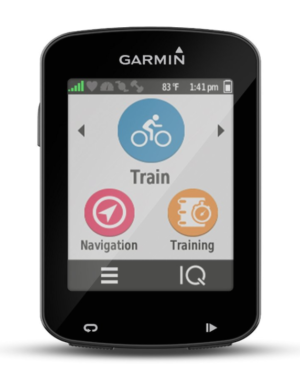
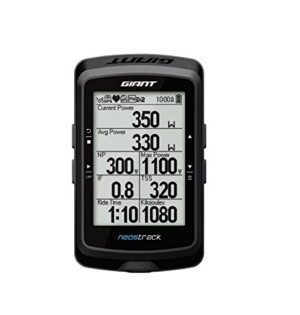
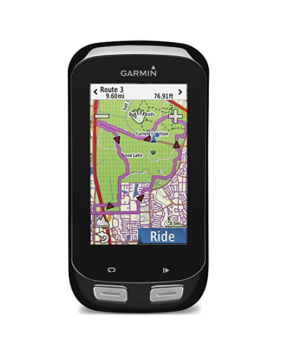
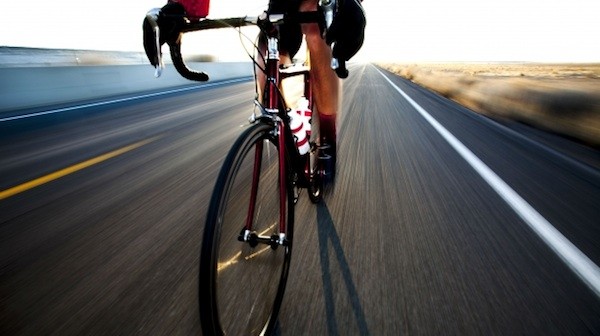
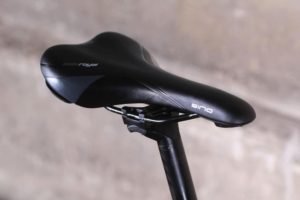
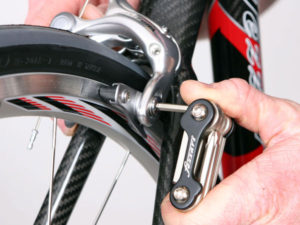 Brake Pads
Brake Pads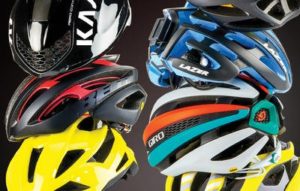
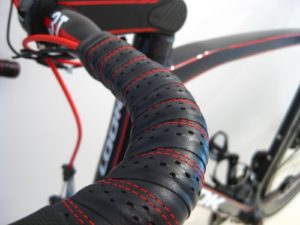
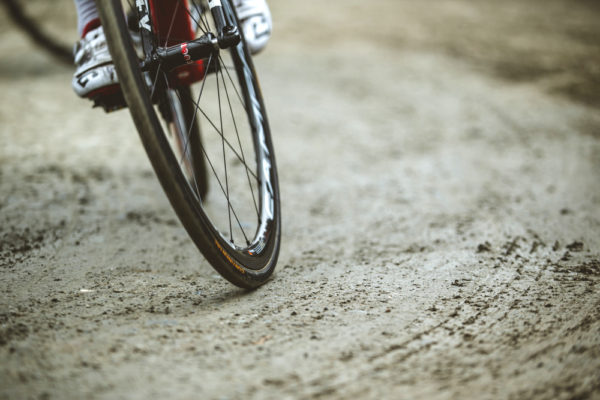
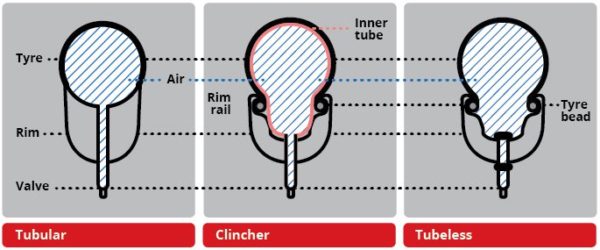
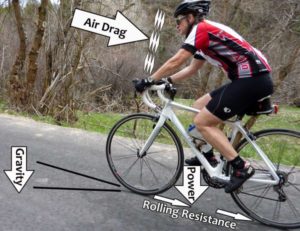
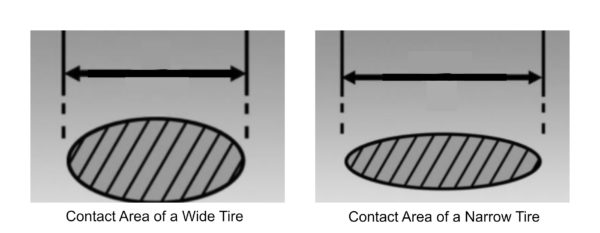
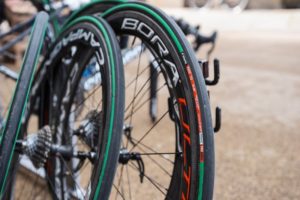
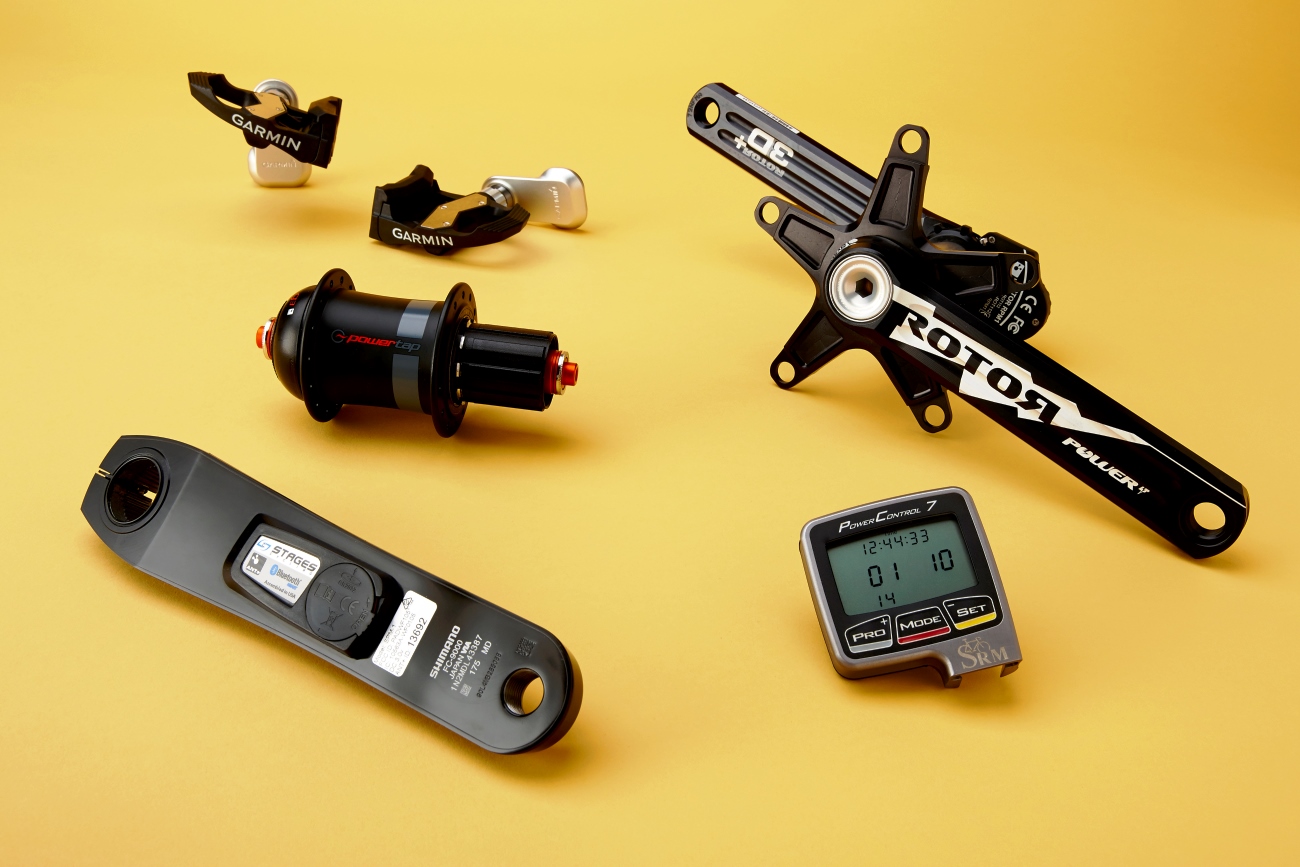
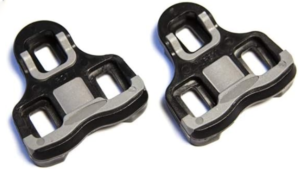
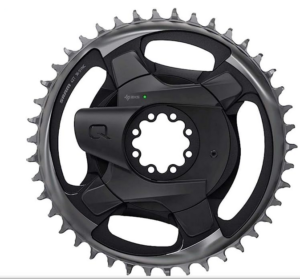


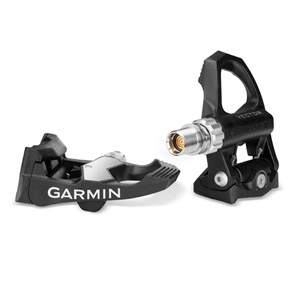
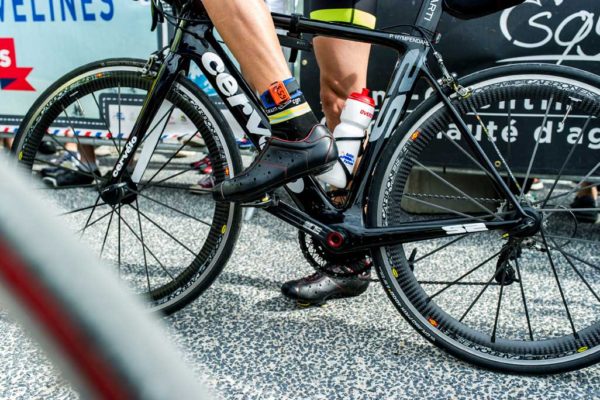
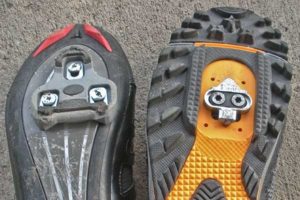
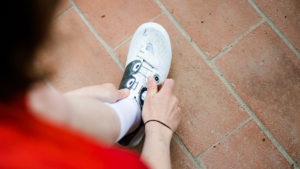 trying them out on your bike would be ideal. You want your feet to feel comfortable, but snug in the shoe. They shouldn’t be moving around within the shoe at all, as that will become very uncomfortable over a long ride.
trying them out on your bike would be ideal. You want your feet to feel comfortable, but snug in the shoe. They shouldn’t be moving around within the shoe at all, as that will become very uncomfortable over a long ride.